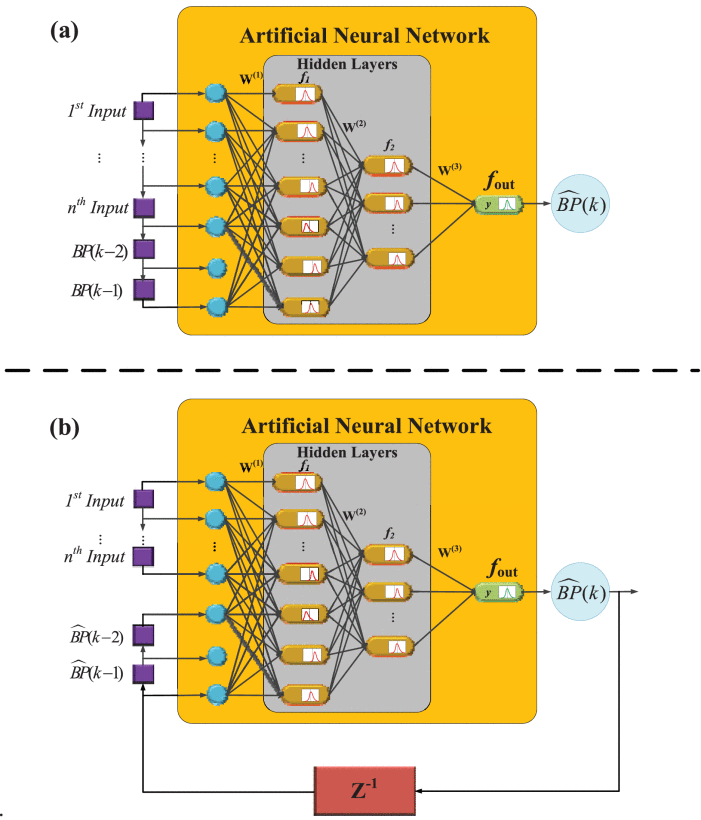The Machine Learnings Leading the Cuffless PPG Blood Pressure Sensors Into the Next Stage
The long-term continuous monitoring of blood pressure (BP) plays a vital role in identifying and monitoring cardiovascular diseases. However, continuous monitoring is not feasible with the current conventional methods that use a pumping cuff that applies pressure on the user. Researchers are working to develop cuffless and non-invasive sensors in wearable devices for continuous BP monitoring. It will help collect data over a long period to analyze BP and provide a proper diagnosis. Most of these devices employ electrocardiogram (ECG) and/or photoplethysmography (PPG) to estimate BP.
But these ECG/PPG cuffless have yet to be widely accepted by the medical communities to replace the conventional BP monitoring methods. This is due to factors such as the optical properties of the skin, possible mispositioning of the device, and motion artifacts hampering the device's performance.
These limitations have led to the developing of devices that utilize machine-learning techniques to measure BP. They include techniques like regression tree, multi-linear regression (MLR), adaptive boosting (AdaBoost), support vector machine (SVM), artificial neural network (ANN), and variations involving them to extract features from the PPG waveforms.
The two major databases involved in the training and validating the regression algorithms are Multi-parameter Intelligent Monitoring in Intensive Care (MIMIC)-II and Queensland, which contain intensive care unit (ICU) patient records. These regression algorithms can be classified into two major groups, algorithms that only predict BP and deep learning approaches that extract features in addition to predicting the BP.
The accuracies that result from these approaches can be understood in terms of (mean error ± standard deviation). The important factors that influence these results are the pre-processing of the data, feature extraction method, regression/learning algorithm, and database size.
However, cuffless BP monitoring must meet the standards of the Association for the Advancement of Medical Instrumentation (AAMI) and the British Hypertension Society (BHS) before being used for commercial purposes. Despite these machine learning techniques to improve the accuracy of BP measurement, there are a few technological challenges to overcome before the BP sensors can be used commercially.
These challenges involve the variation of the accuracy of the intelligent algorithm when applied to the different databases for training and validation. Also, the data in MIMIC is taken from ICU patients whose BP's are under the influence of drugs administered and can vary compared to regular patients.
Another challenge arises from the low quality of PPG and ECG signals measured, accompanied by distorted waveforms, significant Vaseline drifts, and saturation. The signal measured in such a way will have to undergo further signal processing before being used for BP estimation.
Yet another challenge comes to light in the form of computational loads of the algorithms designed. Since the most promising algorithms often have high computational loads, the load must be minimized to be accommodated into the firmware of cuffless wearable BP sensors.
And finally, the factors that influence the dependence of BP on PPG and ECG have yet to be wholly verified. But overcoming these challenges shows promising results for estimating BP using machine learning models.




